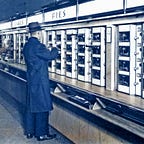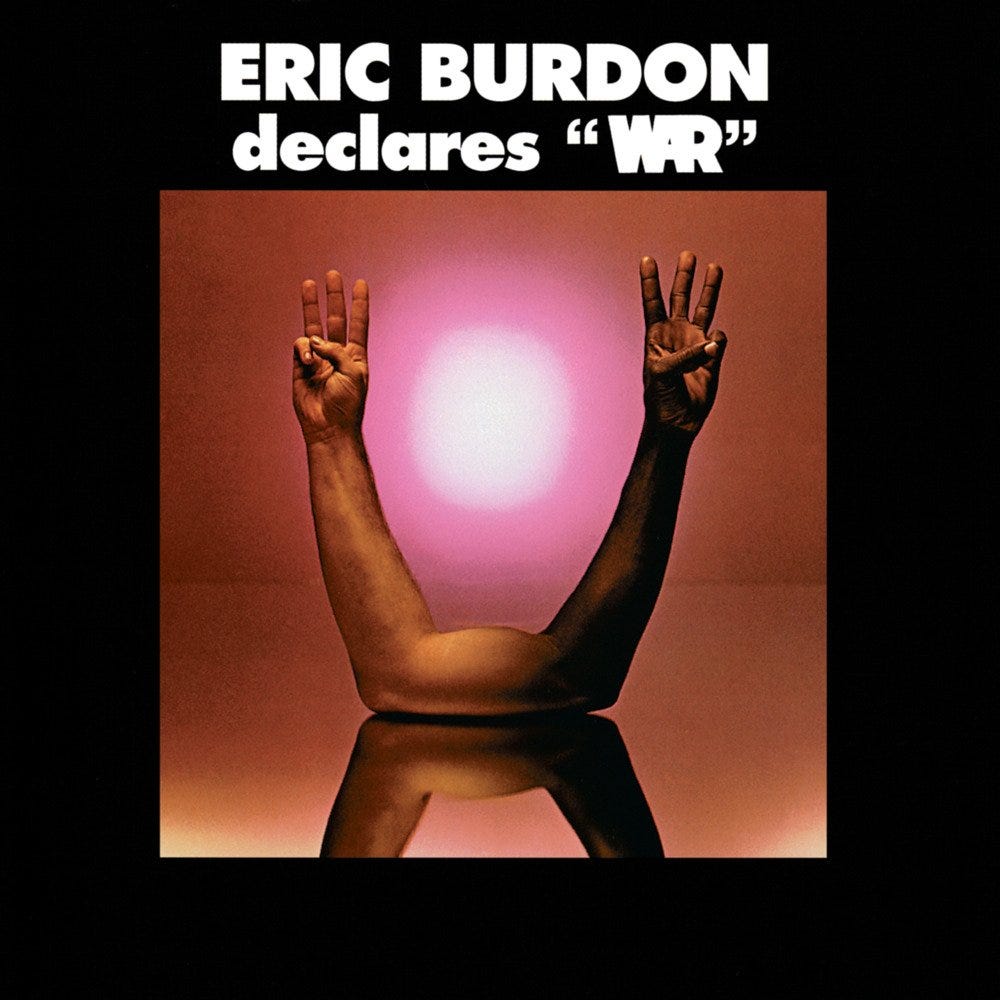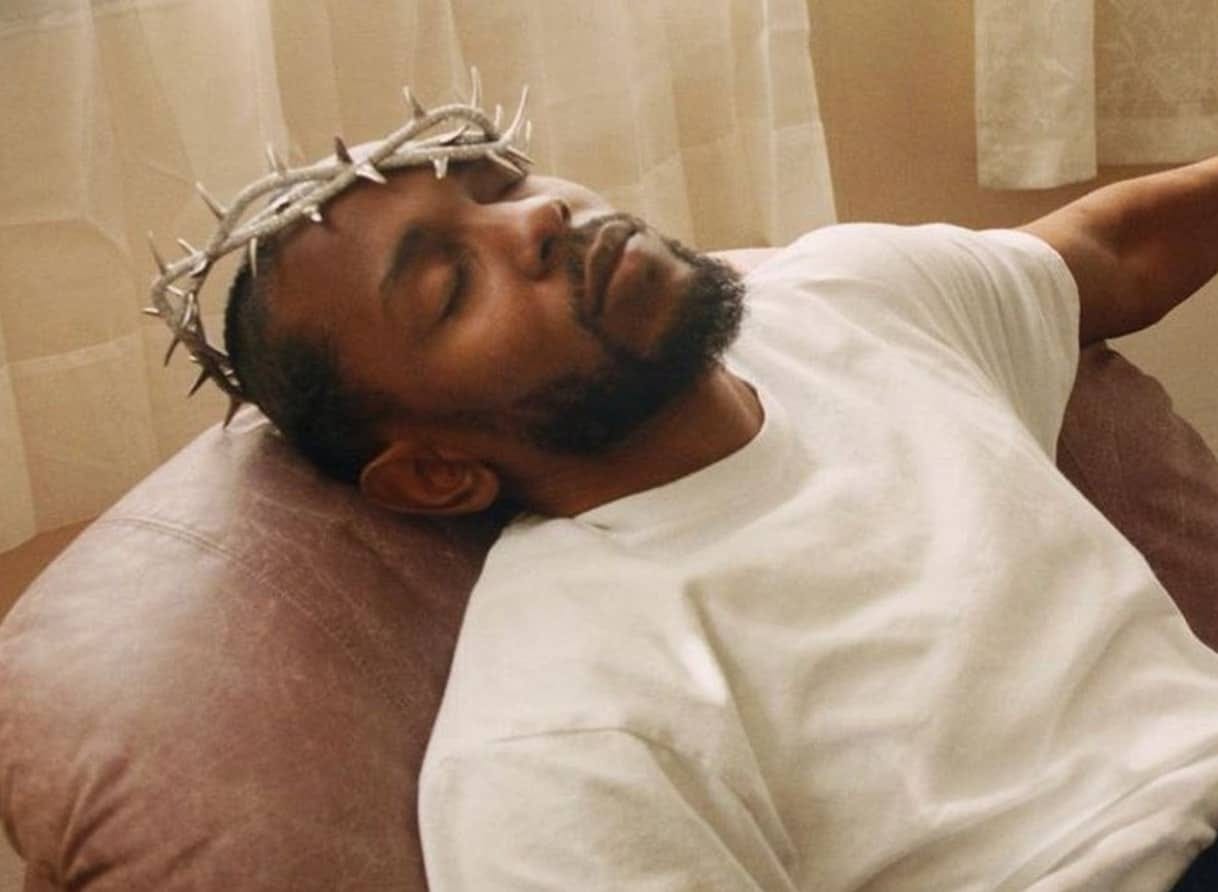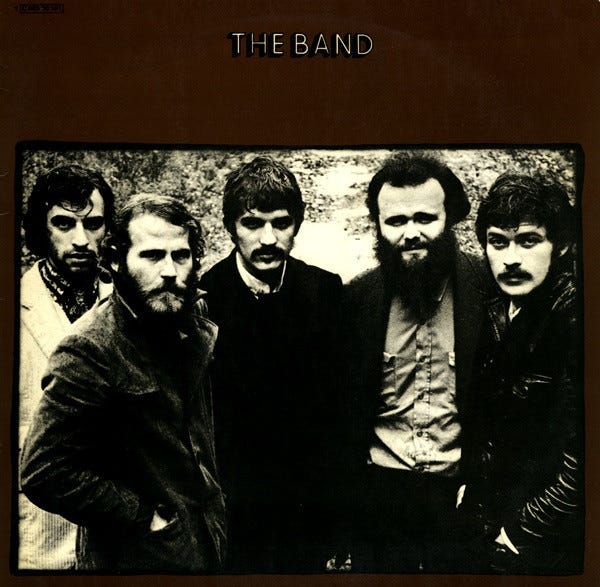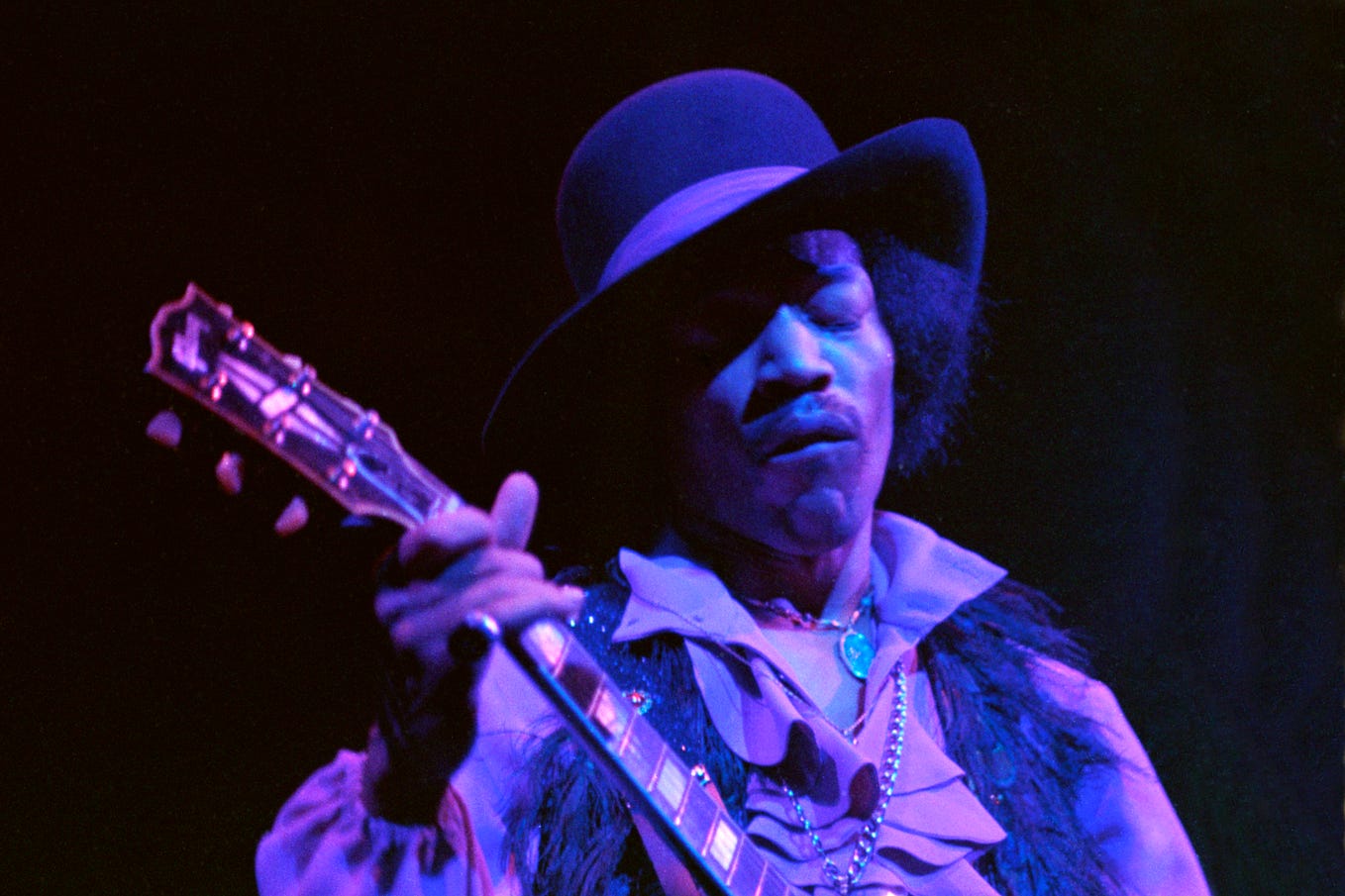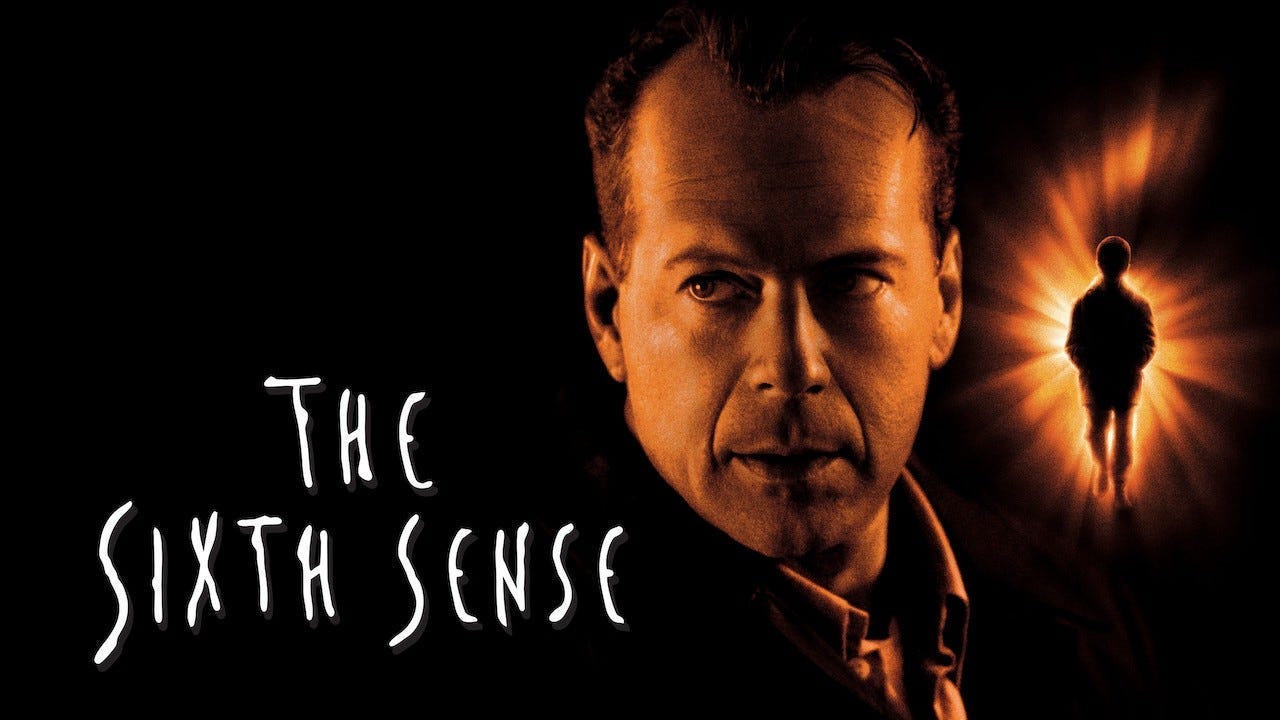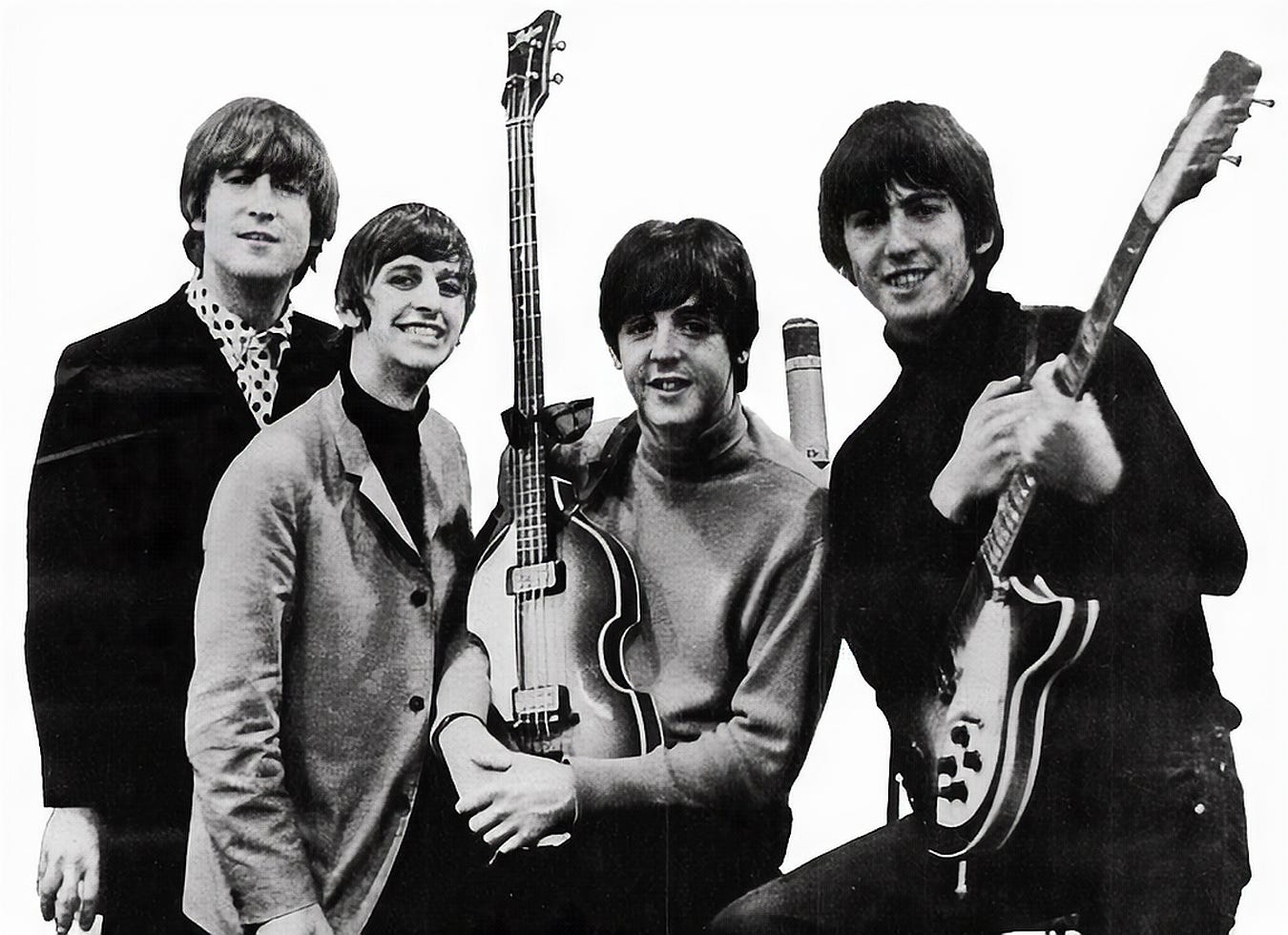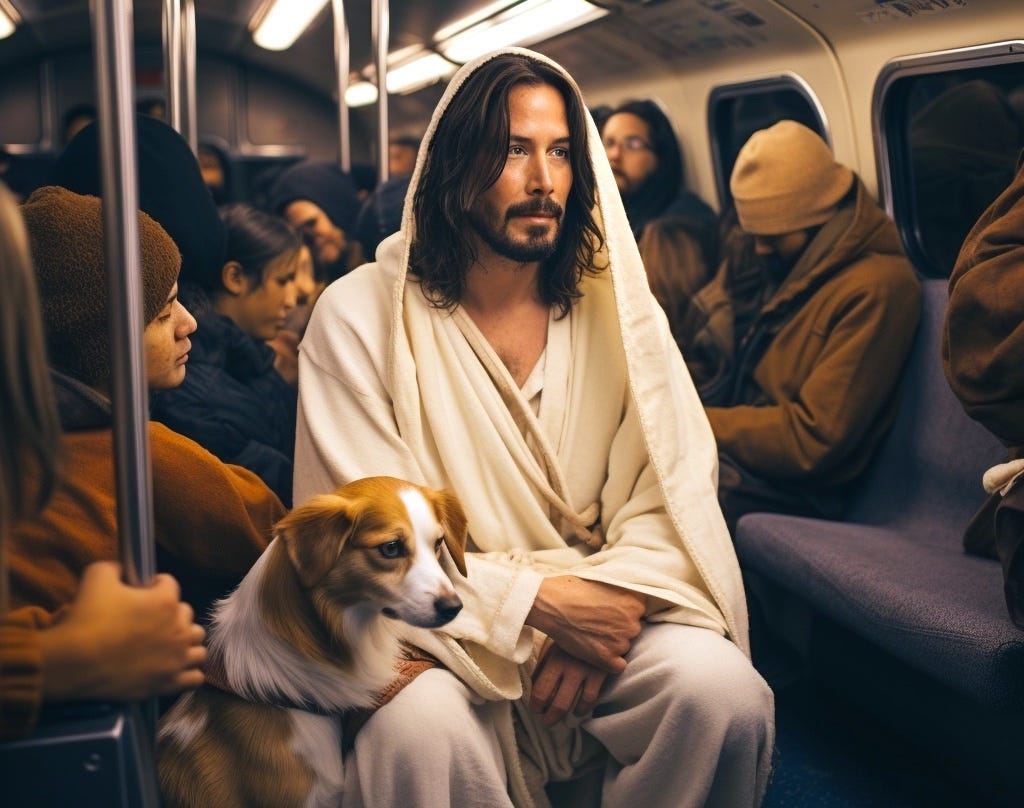The ‘Evolution’ of the Blues Project: Steve Katz on the Blues-Rock Band’s New Album
When the original Blues Project formed in 1965 in New York’s Greenwich Village, its lineup was singer Tommy Flanders, guitarists Danny Kalb and Steve Katz, keyboardist Al Kooper, bassist Andy Kulberg and drummer Roy Blumenfeld. Flanders left while recording their debut album, Live at the Café au Go Go.
Kooper, Katz, and Kalb replaced Flanders on vocals for their first studio album, 1966’s Projections, a classic mix of electric blues, R&B, and folk rock. Despite the album’s success, the band began to splinter after 1967’s Live at Town Hall LP. A handful of albums with modified lineups and reunions followed, but the Blues Project was essentially done by the early 1970s.
Kalb died after a long illness on Nov. 19, 2022. Kulberg passed away in 2002.
In the summer of 2022, Katz and Blumenfeld re-formed the Blues Project with a new cast of accomplished musicians to record Evolution, an energetic collection of 12 new songs that recalls the eclectic mix of genres that made Projections such an iconic album. Its anticipated release date is Jan. 15, 2023. There’s not a cut on the album that you would want to lift the needle and skip.
“I didn’t even know it was going to be that good until halfway through it,” says Katz. “I thought, gee, this is really coming out well.”
The title track is co-written by Blumenfeld, guitarist Chris Morrison, and bassist Scott Petito. “I had a song called ‘Too Much Soul for the Devil,’” says Blumenfeld. “It just didn’t work. Then we thought, let’s make this into an instrumental. Scott came up with this great bass sound.
“Chris Morrison had to overdub some guitar parts and some vocals, and he came into the studio with some lyrics. And he sung it. You’re hearing his lyrics, part of my music, and Scott’s.”
Former member Al Kooper contributed “Inside Information,” which bears the Kooper R&B imprint. “I was on tour in Wales some years ago,” Blumenfeld recalls, “and I wanted some kind of swampy, funky songs for the Aguilar/Blumenfeld Project record that Dave Aguilar and I released. I talked with Al about it, and he sent me a few while I was there.
“We liked ‘Inside Information’ enough to put it on the new record. I had a conversation with Al about placing it on there. Chris Morrison’s voice works well for that one.”
One of the best-loved songs on Projections is Kooper’s “Flute Thing,” an instrumental that features Kulberg on electric flute. Katz recently unearthed a previously unrecorded Kulberg song, “Peru,” intended as a follow-up to “Flute Thing.” The new band has recorded it as a tribute to Kulberg.
The new Blues Project lineup has begun to tour, performing a setlist that includes cuts from Evolution and favorites like “Steve’s Song,” “Wake Me, Shake Me,” “I Can’t Keep From Crying,” and Donovan’s “Catch the Wind.”
We talked with Katz from his home in Connecticut about his wide-ranging career, much of which is humorously told in his 2019 memoir, Blood, Sweat, and My Rock ’n’ Roll Years: Is Steve Katz a Rock Star?
The book’s title refers to Blood, Sweat & Tears, formed by Katz and Kooper in 1968. BS&T spawned an era of rock bands with horn sections that included Chicago, Ides of March, Electric Flag, and Lighthouse.
Katz later produced Lou Reed’s 1974 best-selling live album, Rock ’n’ Roll Animal, and that year’s Sally Can’t Dance, Reed’s only Top 10 LP.
How did you get back together with Roy and gather the guys who make up the new Blues Project?
Steve Katz: Roy and I have been in touch over the years anyway. He wanted to do this really badly, go on the road and stuff like that. I figured, well, it’s Roy; I love Roy. I think I’ll do that also and commit to that.
So we did a couple of tours in the past couple of years, and last year we did a tour with Scott Petito on bass, who I knew, and [keyboardist] Ken Clark, who was recommended to us by Jesse Williams out of Boston. Chris Morrison, who’s a local guy and nobody knows about him, he’s really incredibly talented; he’s singing three songs on the album, and he wrote a couple. He’s very good.
You have a song written by Andy. Tell me how it came to be recorded for the album.
Amidst all my detritus here, I found a cassette of a rehearsal we did in 1980 for one of our reunions in San Francisco. We were rehearsing in Sausalito, and one of the things that Andy brought in was a new song called “Peru,” which was a flute instrumental.
We rehearsed it, and we never played it, I don’t think. I had a tape of the rehearsal. I taped it on cassette, and I found it. I sent it out to Roy, and I said, we should really do this.
And we did. We worked it up, and it was a tribute to Andy. I actually should have put that on the cover, which I didn’t. But it’s a tribute to Andy Kulberg. And it’s Andy’s instrumental. We brought in Bill Harris, who’s a fabulous flute player, to play it.
You have one composition on the album, “I Played a Little Fiddle.” Is that a nod to your jug band days in the Village?
Sort of. I first wrote it about ten years ago when I did an album with Danny and Stefan Grossman. It was called Played a Little Fiddle. It was inspired by Blind Willie McTell. My wife kept saying, “Write something, write something. It’s been years since you wrote anything.”
So, I said OK. Unrequited love songs are what I always used to write. I figured OK, I’m going to write a third-person-kind of story thing. I was listening a lot to Blind Willie McTell, “Broke Down Engine” and “Statesboro Blues,” and I wrote that. We did it with Stefan and Danny but it was more of a folk music-kind of version where I played acoustic guitar.
I did on this version also, but I always wanted to rerecord it almost like a John Hiatt kind of feel. And that’s why it feels like a jug band. There’s a tom-tom in there every fourth or eighth beat. That makes it feel like a jug. And that’s the way I wanted it to be.
I’m still playing acoustic guitar on there, and the interesting thing is that Scott, the bass player, picked up a baritone slide guitar, a baritone lap steel, and he’s playing that on there. And it sounds terrific. I’m very happy with the way it came out.
What convinced you to move from folk music to electric rock with the original Blues Project?
It was actually Danny that convinced me because he needed a rhythm guitar player because Artie Traum had left for Europe. We broke up the jug band and I was teaching guitar down in Fretted Instruments on Sixth Avenue. Danny came up, and he asked if I would audition to play electric.
You had a night with the Blues Project in a cab where you almost changed Eric Clapton’s career.
We were doing the Murray the K show and playing a bunch of shows every day. And in between, we were sharing a dressing room with Cream, so I would hang out with those guys. There was one time when Kooper, myself and Clapton decided to go down to the Village after the day’s show.
We were stuck in traffic on MacDougal Street, and when we got out, Eric just held onto the post, and I closed the door on his fingers. I almost committed suicide. He was screaming so loud. He wound up playing that night, and he was fine. But boy, that was really scary.
Blood, Sweat & Tears started an era that provided horn players with a lot of work.
It was an unemployment service for horn players.
Did anyone from Ides of March, Lighthouse, Chase, and the other bands ever buy you a cup of coffee and thank you for creating this era?
No, I don’t remember any of that. I know that Jimmy Pankow from Chicago and I were good friends, but I don’t remember Jimmy buying me any coffee. And that really pisses me off now that you bring it up.
I did an interview for Richard Barone’s new book, and he’s very friendly with Donovan. Richard emailed me a few months ago and said, “I just spoke to Donovan, and he said he really enjoyed you guys’ version of ‘Catch the Wind.’”
So when we’re out in our show now, I tell people the story, and I say I wrote him back, thanking him. I thank Donovan, and I say, “It’s only been like 60 years, you son of a bitch; you could have said something before this.”
The current Blood, Sweat & Tears tour with no original members. Do you think audiences know or care about that?
I don’t think they know or care, and I think that they’re probably Trump voters because they don’t care about the truth or honesty and stuff like that. How can you go to a Blood, Sweat & Tears concert and not see anybody from Blood, Sweat & Tears? Especially at those prices.
There are Blood, Sweat & Tears tribute bands…
There’s tribute bands all over the place. It’s worse than COVID, all of these tribute bands. It’s like a virus.
Have you ever gone to see one?
I don’t go to concerts because we’re doing concerts. And I don’t leave my house very often anyway. Because it’s really stupid out there. It’s dumb, what the world has become.
I remember playing in Athens, GA, at the University of Georgia. It was BS&T, and we went to a local fraternity house after our show. There was a band that was playing our songs. A horn band. Except they were much better than us. Which was really embarrassing. So that was the last time I went to see a cover band.
You were tasked with reviving Lou Reed’s career after his Berlin album.
That was the whole point. For the Berlin album, I had suggested to Lou that they package it in cellophane with single-edge razor blades. Because it was so depressing.
But it was beautiful, it was a Bob Ezrin-produced album, and it was beautiful. But the fact is that Lou had a hit single with the album before that, and we were rehearsing together in the same place, and he said, “What do you think I should do now that Berlin has bombed?”
I said, “I think you ought to get a great band together and make a live album and do a lot of the Velvet Underground songs and just get yourself out there, real fast.
And that’s what we did.
He asked me to produce it. So we did Rock ’n’ Roll Animal. And that really revived his career.”
There was a problem with the audience track when you recorded the album live.
The stereo wasn’t working. We get back to the studio, and one of the tracks was missing from the audience. In those days, you needed two audience tracks for stereo. Because there was no digital at that time.
So I’m sitting there with my engineer Gus [Mossler], and I’m saying, “What are we going to do?” He said, “Let me go look for another audience track from another concert by an RCA artist.”
And he comes back and says, “Yeah, I have it. We can just throw it into the other track.” I said, “What concert?” He says, “John Denver.”
So I figured that it may be that Lou actually died when he found out that half his audience tracks were from a John Denver concert.
Let’s do a Lightning Round. Who remains that you would still like to perform with?
I would love to play lap steel, and I would love to take David Lindley’s part with Jackson Browne.
The type of music that gives you a headache to listen to.
Rap. Hip hop. And that’s just the music. I think the whole thing is wonderful in that it’s the next evolution of black American music. It’s a natural evolution from jazz to R&B to… it’s that I don’t like it musically.
And anything that’s made by machines mostly. When you lose the feel of the real rhythm section, there are very few things that I really like that are done with machines.
What star were you most disappointed in after you met them?
David Crosby.
Musician that had the most influence on you.
Dave Van Ronk, he’s my teacher.
This story appeared in Rock Cellar Dec. 5, 2022.
Mastropolo is the author of Fillmore East: The Venue That Changed Rock Music Forever and New York Groove: An Inside Look at the Stars, Shows, and Songs That Make NYC Rock, one of Best Classic Bands’ Best Music Books of 2022.
